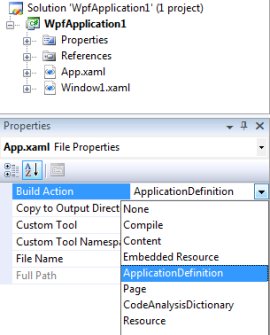.NET applications traditionally suffer from slower startup time than native applications, caused by the time to load the .NET framework DLLs, JIT time etc. WPF applications have further things that can slow down cold start-time, the extra PresentationCore, PresentationFramework and WindowBase assemblies that need to be loaded and the start-up of the PresentationFontCache service. Any tips to help improve start time is therefore most welcome.
Doug Stockwell recently released an updated version (v1.6 build 2802) of his free RikReader WPF-based RSS Reader, with considerably-improved start time. I've been using RikReader as my primary RSS reader since it was first released, and in previous versions the start time stood out as a blemish on an otherwise excellent app. The performance characteristics of older versions of RikReader were a little different to usual applications, in that the hot start-times were still quite bad (>10 seconds for my list of a couple of hundred feeds), whereas the new version hot-starts in about 4 seconds (roughly equivalent to Expression Blend, Thoughtex and most other WPF applications I use). Cold start-times for RikReader had also improved noticeably.
I contacted Doug to find out what he'd done to achieve this great improvement, and was pleased to hear of the simple change he had made. Instead of using XAML to declaratively set the DataContext for his main window, which contained all the RSS feed data, he switched to setting it programmatically in the Application.OnActivated. This sounds like a tip that would improve the perceived performance of the app (making the main window display more quickly) without improving the actual performance, however it seems to have also improved the actual start time considerably. As with all things performance-related your mileage may vary, and it pays to measure yourself. Fortunately the simplicity of this change means it will be easy to swap between the two methods of setting the DataContext.
»
